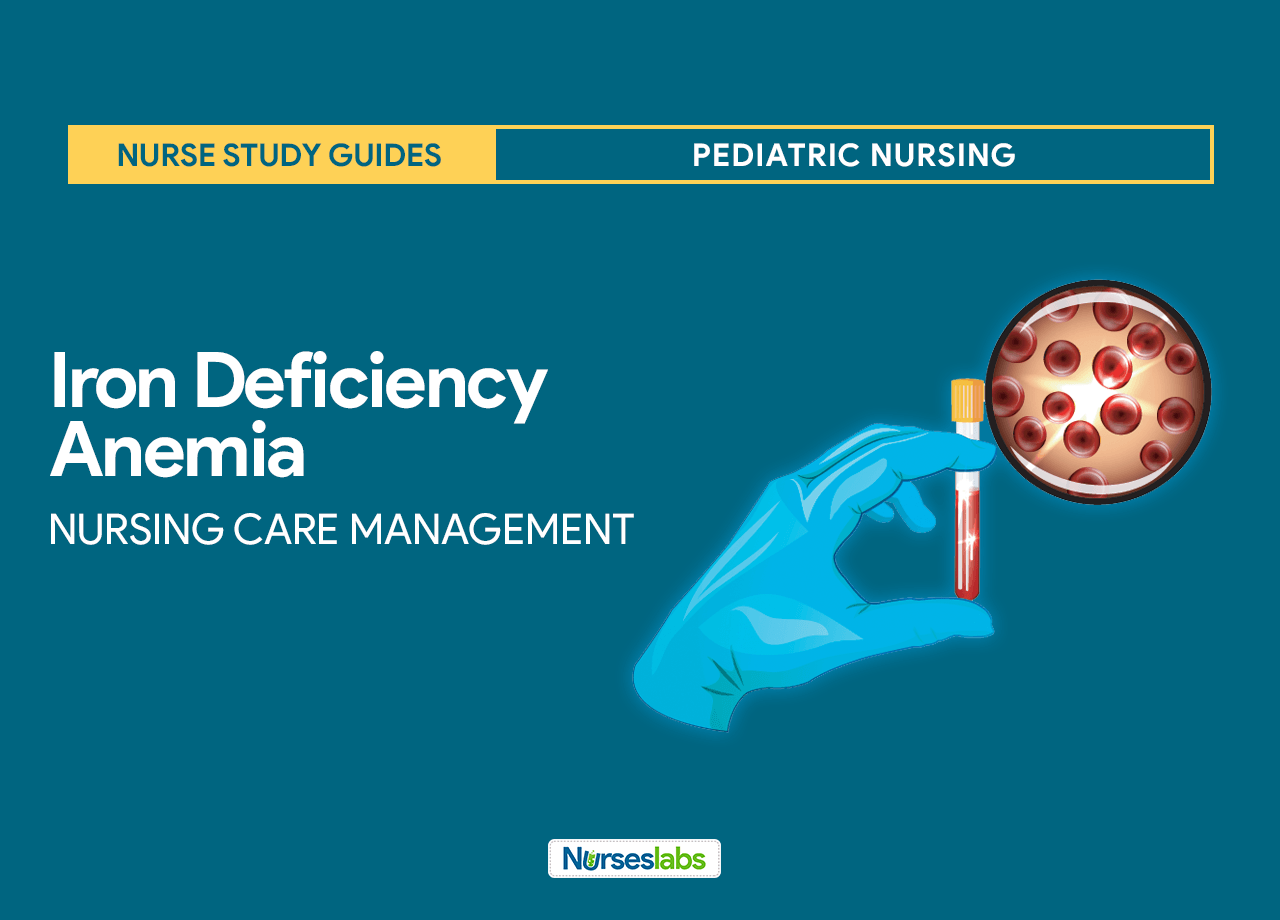

Also, find the abnormal white cells and the assessment of the platelets.In this case, blood indices may be normal. There is a dimorphic picture in a mixed deficiency of iron, vitamin B12, or folate there are microcytes and macrocytes.This will inform the abnormality of the RBC shape, size, and any kind of inclusions.It can help to guide the response to iron depletion therapy.It can detect iron overload and monitor iron accumulation.It is used to study the population’s iron level and response to iron supplements.It monitors the iron status in patients with chronic kidney diseases with or without dialysis.It differentiates iron deficiency from chronic diseases.

It will give an idea about the iron-deficiency anemia treatment effectiveness.It will predict and monitor iron deficiency.It correlates with total body iron stores.It differentiates iron deficiency or excess.It correlates with the total body iron stores.Ferritin: Serum ferritin (normal = 20 to 250 ng/dL).This helps in the screening of hereditary spherocytosis.This is used for the D/D of the anemias.Calculation of the % transferrin saturation = Serum iron ÷ TIBC x 100 = Transferrin normally 33% is saturated.Percent transferrin saturation (normal % transferrin saturation = 20% to 50%).Transferrin: Serum Transferrin level is needed for the D/D of the anemia.It should be done along with serum iron to evaluate the % saturation for the diagnosis of iron deficiency anemia.It helps in the differential diagnosis of anemias.Total iron-binding capacity (TIBC = Normal = 250 to 450 µg/dL).This also helps to evaluate the acute iron toxicity in children.It should be measured along with TIBC for evaluation of iron deficiency.It differentiates between hemochromatosis and hemosiderosis.Serum total iron helps in the diagnosis of anemia.This has no value in patients without anemia.RDW is more sensitive to the differentiation of the microcytic anemia than the macrocytic RBCs cause.Red cell distribution width (RDW) helps to classify the anemia with the help of MCV.



 0 kommentar(er)
0 kommentar(er)
